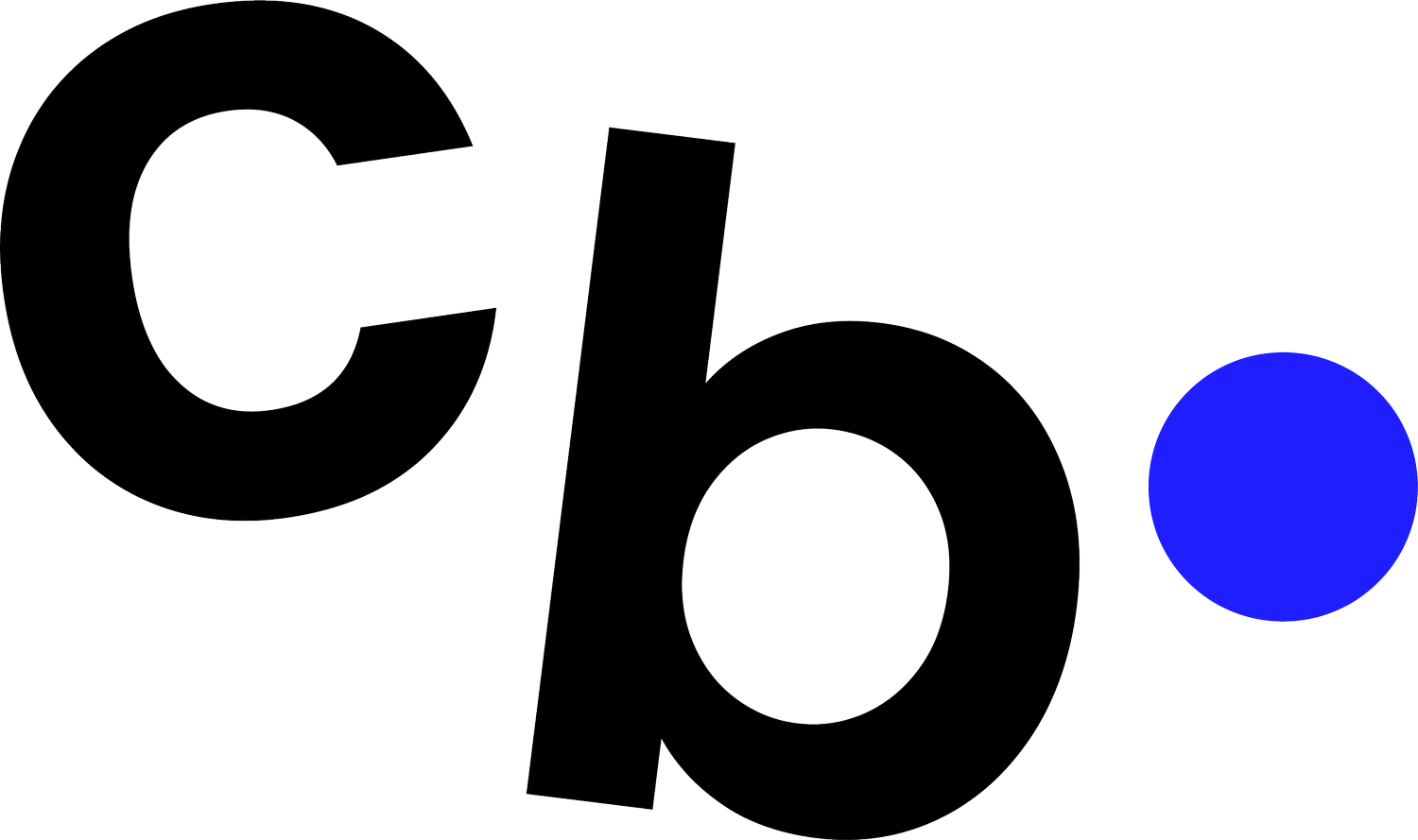Unpacking Big Brand Wisdom: 5 Tips for Small Businesses
I recently had the pleasure of sharing insights at the renowned Top Drawer show in London. We dived into five key takeaways that small businesses can borrow from big brands to up their game, without needing to have the same huge marketing budgets!
“I believe that branding is simple, and small businesses can use the same strategies as ‘The Big Boys’ without the need for the same hefty marketing budgets.”
In this blog post, let's break down these practical lessons that can help your small business thrive.
Ready to level up?
Let's get started!
1 Having a logo does not equal having branding
Branding goes much further, using colours, imagery, tone of voice and well selected fonts to build a strong image, and create trust.
This is especially important for small businesses who are lesser known, as you must work a bit harder to convey your brand’s personality and get people to make that first purchase from you than well established brands, who can get away with being very minimal.
Action point:
If you removed your logo from your packaging/website or social media, would someone still recognise your brand?
2 Learn to hype your own products
Some of the world’s leading brands are experts at generating anticipation for their products, and you should, too, if you are a small business owner.
Just think about the marketing Starbucks do about their annual pumpkin spice latte release, or how Apple get a queue around the block for every product release, because they are masters at self-hype.
Streetwear brand Supreme are also a case-study in generating hype around their launches, and their collections never fail to sell out.
Streetwear giant Supreme routinely sell out of new releases, and this was even true when they released a brick with their logo on. Yes, really.
Action point:
Do you have a best-seller that you can announce is almost back in stock? Or spend two weeks teasing a new product launch to your audience before it goes live?
Your new mantra: If Starbucks can get journalists dying to announce the date their bring back a drink every year, your customers will get excited when you build up anticipation around your products.
3 Graphic design may attract someone’s attention, but storytelling is what converts them
People love a story. Just look at how popular the emotional John Lewis Christmas adverts have become!
Everyone loves a compelling story. Stills from John Lewis’ 2012 advert ‘The Journey’
Or how about the fact that Innocent smoothies was founded at a musical festival, with people voting if the boys should give up their jobs to make smoothies? It’s a fantastic story, and it warms us to the people behind a brand.
Action point:
Look at your site’s About page, does it feature the story behind why you set up your business? If it does, can you bring it to life even more? Try to remember exactly where you were when the idea first came to you. Who did you tell first? And what did you do next?
4 Packaging will help you stand out on the shelf, and make for a memorable e-commerce experience
Packaging isn’t just an excuse for graphic designers to make something pretty, it serves a very important function for product businesses. If you’re getting stocked by retailers, you must ensure your brand has shelf appeal and presence to tempt shoppers to look more closely.
And, if you’re an online only brand, your products are either being bought for others (gifting) or bought for the person themselves (self-gifting!), and in both cases, creating a moment of delight when someone unboxes their order is important to ensure a positive association for your brand.
Hair removal brand Estrid manage to make even receiving a razor in the post feel special.
Action point:
Would you gift your product to a loved one in its current packaging? If not, your packaging probably needs to be elevated.
5 Make it easy to buy your products online
Big brands always have very user-friendly websites, meaning you don’t really have to think to shop.
Likewise, I recommend all the brands I work with to make it as easy as possible to buy from their shops. Shopify is the market leader for good e-commerce shops, but even if you have a good basis, little mistakes such as having too many items on your navigation, not having clear product images or making the minimum spend for free delivery unclear will be affecting your sales.
Action point:
Meet with a friend and ask them to shop for a specific item on your website. Say nothing, but observe where their cursor goes, and whether they seem to be confused at any point. Note where they delayed and see if you can streamline the process.














